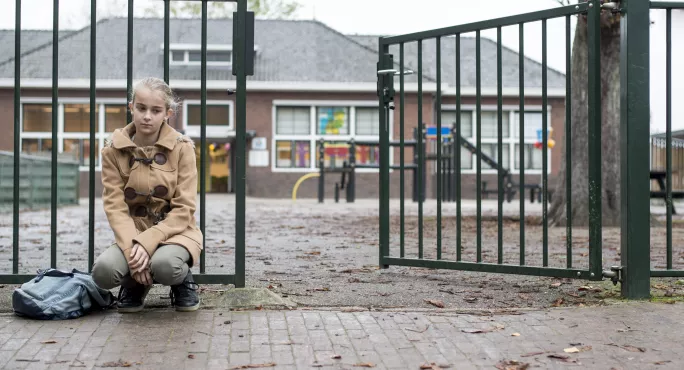Opening primary and secondary schools is likely to increase the transmission rate of coronavirus by up to 50 per cent, minutes from a meeting of leading scientists have revealed.
The minutes, from a meeting of the government’s Scientific Advisory Group for Emergencies (Sage) also reveal the view of leading government advisers that a phased reopening of schools would be “particularly valuable” as it would “allow the effects to be assessed”.
That is in contrast to the prime minister’s announcement in the Commons this afternoon that pupils and students in all schools can “safely return” to face-to-face teaching on 8 March.
Back to school: ‘Where are the Nightingale classrooms?’
Unions: Teachers fear ‘reckless’ full 8 March school openings
Analysis: Will Covid rates be safe for 8 March opening?
The minutes, from a meeting on 11 February, state that the R rate, which is the number of people that one infected person will pass the virus to, could increase by up to 50 per cent if schools reopened.
They state: “A phased reopening would allow the effects to be assessed, which would be particularly valuable if schools were one of the first things to reopen, as there will be more uncertainties in the early stages of releasing measures (eg, around the impact of vaccines).
“SPI-M’s [Scientific Pandemic Influenza Group on Modelling] consensus view remains that the opening of primary and secondary schools is likely to increase effective R by a factor of 1.1 to 1.5 (10 per cent to 50 per cent).”
The Sage meeting was attended by scientists including the government’s chief scientific adviser, Sir Patrick Vallance, and chief medical officer for England, Professor Chris Whitty.
The Department for Education says in its blog that the consensus view from SAGE continues to be that missing out on classroom-based education has severe impacts for children and young people. It says evidence from the Public Health England-led Schools Infection Study continues to show that infection rates in schools mirror infection rates in the wider community, suggesting schools are not the main driver of infections.




